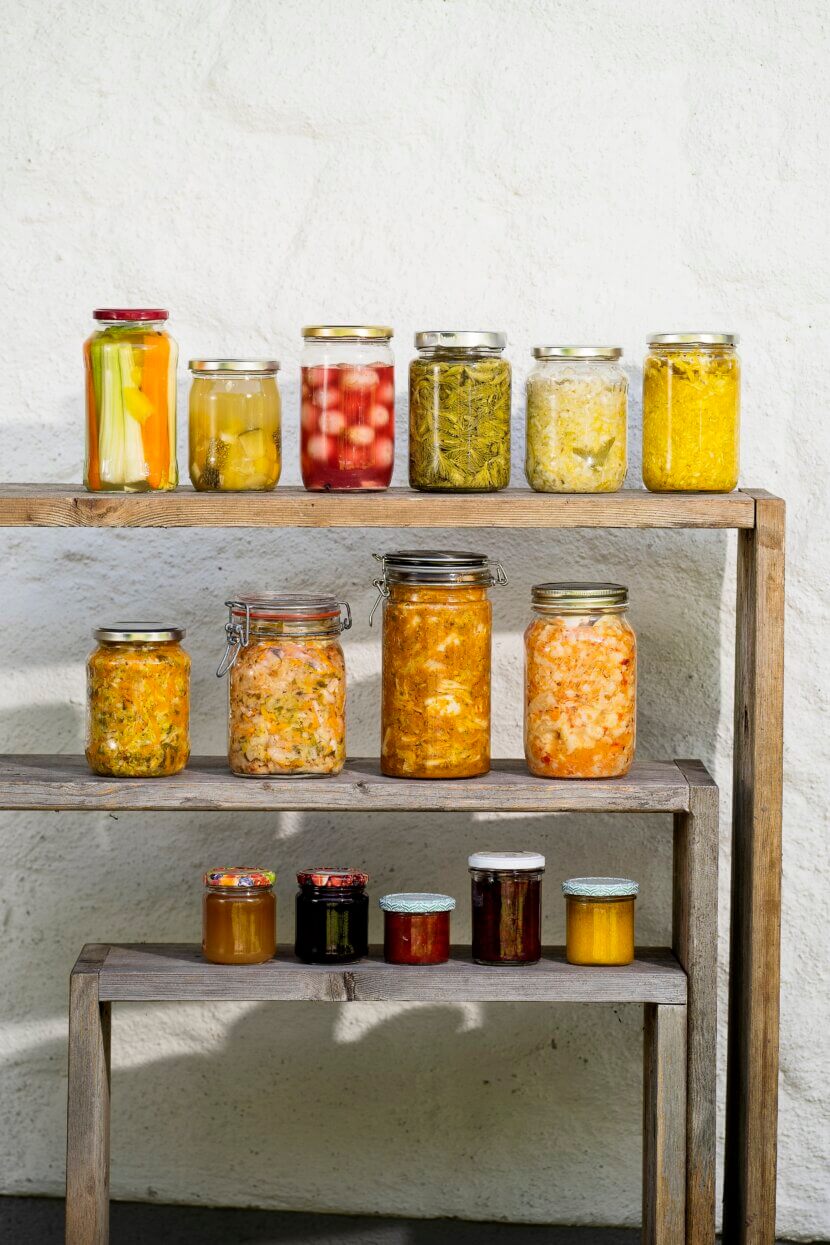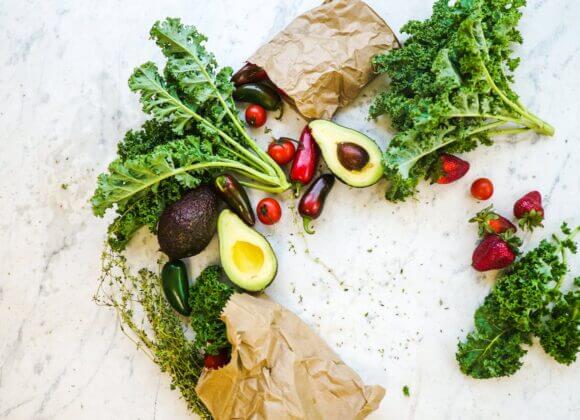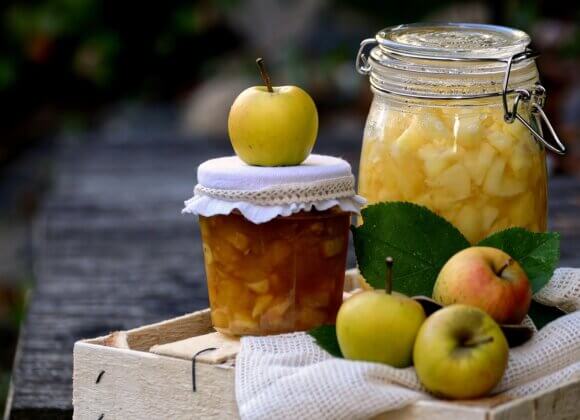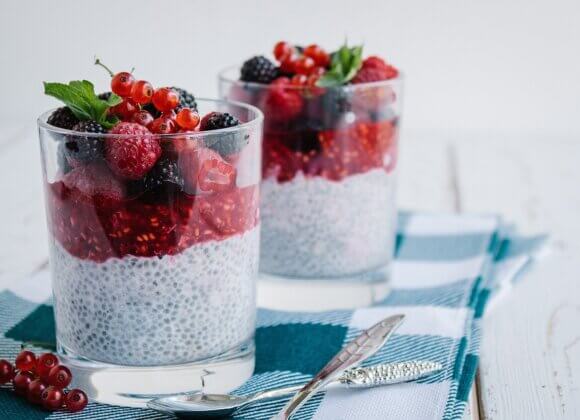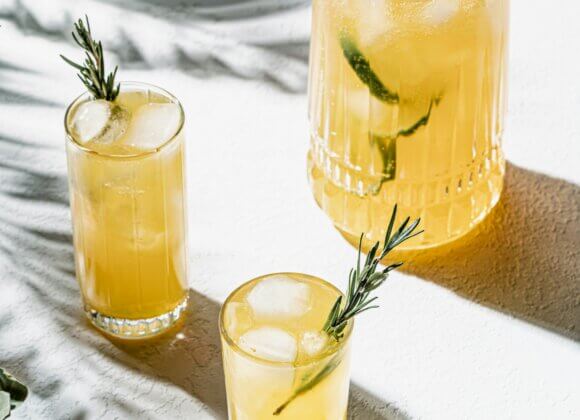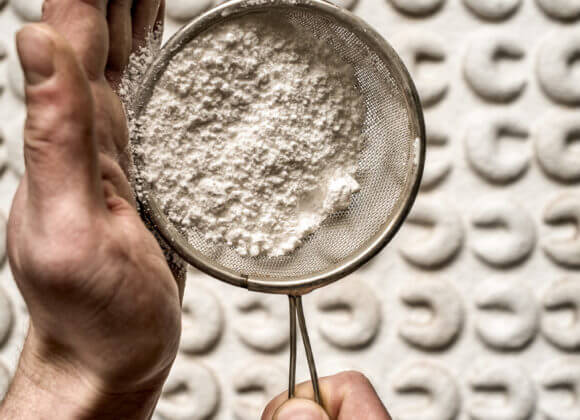Vegetables Fermentation is experiencing a renaissance: In their book “Auf Vorrat” (“Stock up”), the two nutrition experts Margit Brauneder and Karin Buchart reveal how to preserve vegetables, intensify flavors and create stocks without using electricity.
The mastery of fire is considered a milestone in human history – but the targeted fermentation of food is at least as important. For around 13,000 years, humans have been harnessing the power of microorganisms to preserve vegetables, grains and fruit. Microbes transform sugar into acids, gases or alcohol – processes that not only make food edible for longer, but also more digestible and aromatic.
“We use as little technology as possible and as much as necessary,” explain the authors of the book “Auf Vorrat”, Margit Brauneder and Karin Buchart. “We focus on easy availability of ingredients, storage suitable for everyday use – preferably without a fridge – and practical tips on how to use the storage jars in the kitchen.”
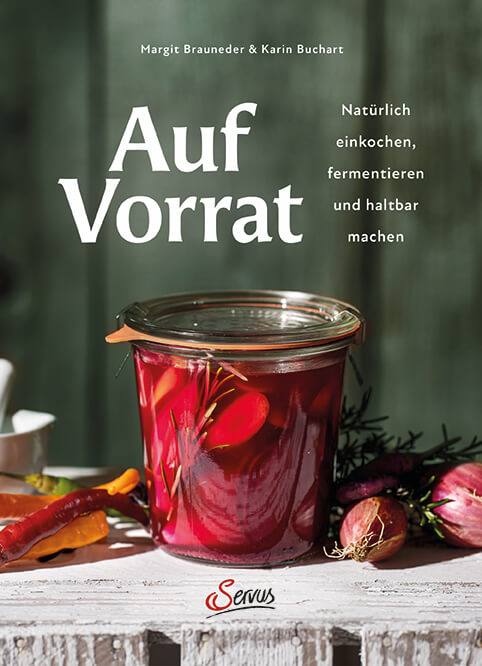
Why fermenting vegetables is so popular again today
In times of energy shortages and a growing awareness of healthy eating, fermentation is experiencing a real renaissance. While cooking requires electricity or gas, fermentation preserves food solely through the “harmony of microbes”. The result: a store cupboard full of aromatic treasures – without ongoing energy costs.
The flavors that are created during fermentation are particularly exciting. Microbes release glutamic acid, creating a full-bodied umami taste experience – even with vegan ingredients.
Choosing the right ingredients
The basis of every good fermentation is the quality of the ingredients. Organically grown foods that already contain many “good” microbes are particularly suitable. It is best to ferment vegetables, fruit, grains or herbs. Important: free from pesticides and preservatives so that the desired microorganisms can grow.
Even dairy products, nuts or fats can be fermented – sour cream butter is a classic example. But be careful: fats run the risk of becoming rancid if fermentation is not successful.
Symbiosis control: How to get started fermenting vegetables
The beginning is the most sensitive phase of fermentation. A slightly acidic environment (pH value 4-5) is required for the “right” microbes to establish themselves. Ingredients such as lemon juice or the use of brine help here. The ideal salt concentration is 1-3 percent.
The vegetables are sliced, diced or grated so that microorganisms can colonize a large surface area. The first few hours already determine which bacterial cultures gain the upper hand. The aim is an end product with a pH value below 3.5 – this ensures that the vegetables can be kept safely and are harmless to health.
The 3-phase fermentation
A special method is 3-phase fermentation, which takes place over ten to twelve weeks and produces particularly aromatic results:
- Phase 1 – one week at room temperature
During this time, microorganisms process the oxygen in the glass. Gases are produced, which can be recognized by foam and bubbles. - Phase 2 – two to four weeks at approx. 15 °C
Now the lactic acid bacteria take over. They ensure acidification and begin to develop flavor. - Phase 3 – six weeks at 0-10 °C
The final phase brings peace and quiet: no more bubbles rise, fermentation is complete. After around three months, the vegetables are probiotically valuable, digestible – and full of flavor.
Two paths to durability
Brauneder and Buchart distinguish between two basic principles for preserving food:
- Displacement of microbes – for example by salting or vinegar extracts.
- Promotion of microbes – as in fermentation, where a “feel-good climate” is deliberately created for desired cultures.
Vegetables Fermenting as a future technology
It is estimated that up to a third of all foods worldwide are fermented – from sauerkraut and cheese to coffee and chocolate. No culture in the world can do without this technique.
As traditional as fermentation is, today it is being rediscovered. As a sustainable method of preserving food, as a source of new flavors – and as a cultural technique that combines health, enjoyment and resource conservation.
We have selected two recipes from the book for you – enjoy!
Simple kimchi with Chinese cabbage
Time required: approx. 20 minutes
Maturing time: overnight + 5 days
Shelf life: several weeks
Ingredients
- 1 Chinese cabbage (approx. 1 kg net)
- 20 g sea salt
- 2 tbsp fish sauce
- 1 tbsp chili paste
- Juice of 1 lime
Preparation
- Cut the Chinese cabbage into fine strips, mix well with the sea salt and leave to stand overnight.
- The next day, rinse thoroughly with clean water and drain well.
- Mix the cabbage with the fish sauce, chili paste and lime juice, pour into a preserving jar and press down firmly. There should be at least 1.5 cm of liquid above the vegetables.
- Close the jar and store in a cool place. The kimchi is ready after 5 days.
Tip
For a fresh, sweet note, refine the kimchi with diced peaches, apricots or mangoes and fresh coriander. Served with steamed rice, it makes a light, wholesome lunch.
Carrot sticks with lovage
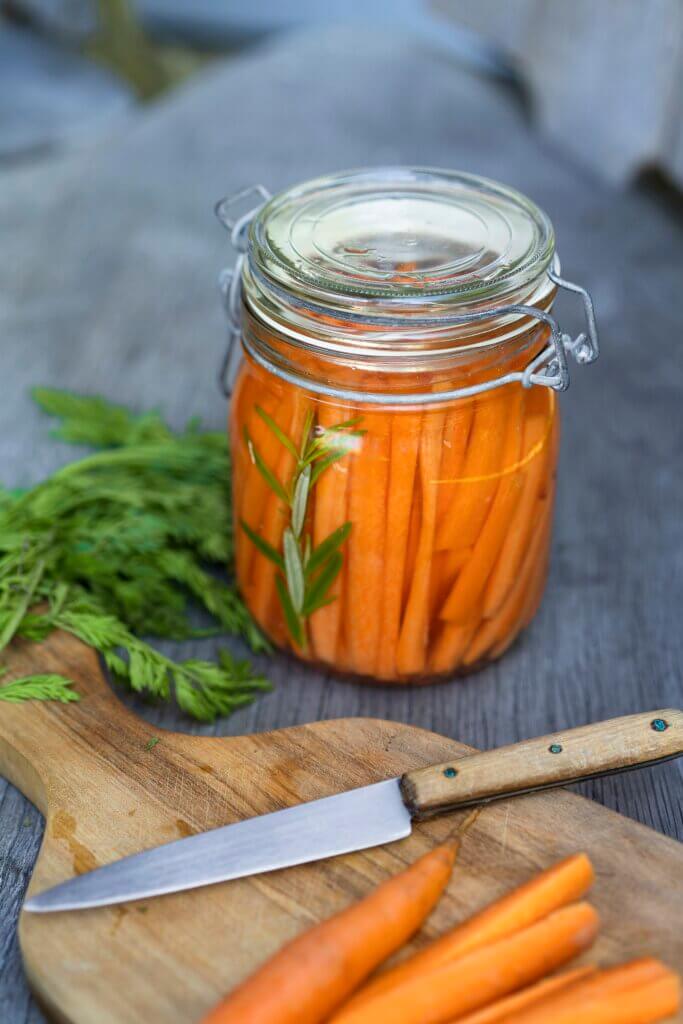
Time required: approx. 30 minutes
Maturing time: 5-7 days
Shelf life: several months
Ingredients
- 500 g carrots (preferably in different colors)
- 300 ml 2-percent brine (as required)
- 1 small sprig of lovage, rosemary or thyme
Preparation
- Peel the carrots and cut into approx. ½ cm thick sticks.
- Cut to the height of the glass so that they can be easily “squeezed” under the rim of the glass.
- Layer the carrots tightly in a 1-liter jar and cover completely with brine.
- Put the lid on loosely at first and leave the carrots to ferment at room temperature for 5-7 days (don’t forget the fermentation chamber).
- Then close the lid tightly and store in a cool place.
Tip
The carrot sticks are the perfect snack: served with a herb dip (e.g. refined with olive or pumpkin seed oil) and a good loaf of bread, they become a wholesome starter or small meal.
Photos: Michael Brauer
Our experts

In the book “Auf Vorrat”, the two nutrition experts Margit Brauneder and Karin Buchart present everyday methods for preserving fruit, vegetables and herbs, such as fermenting, preserving, pickling, salting and drying.
Related posts:
Homemade syrup: making summer taste longer


